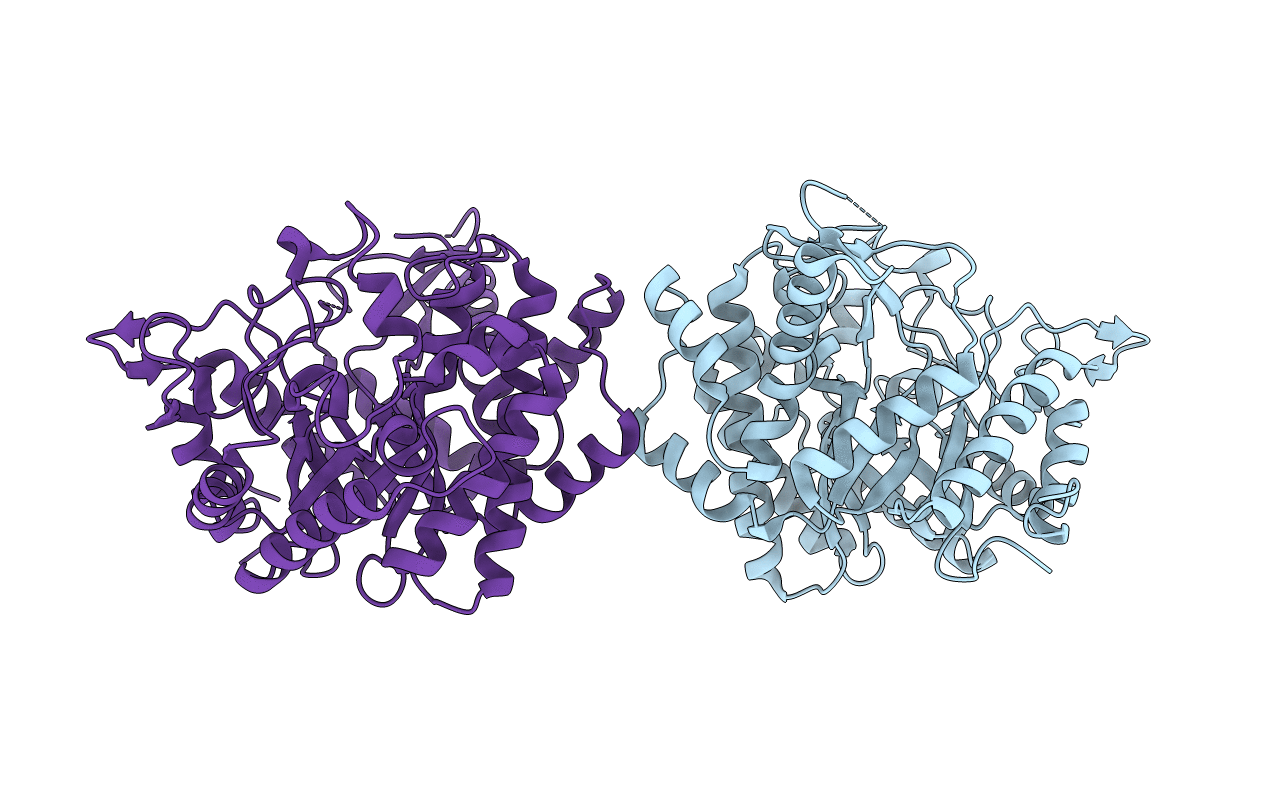
Deposition Date
2017-09-29
Release Date
2018-08-29
Last Version Date
2023-11-22
Entry Detail
PDB ID:
5YHS
Keywords:
Title:
Pyruvylated beta-D-galactosidase from Bacillus sp. HMA207, apo form
Biological Source:
Source Organism:
Bacillus sp. (Taxon ID: 1409)
Host Organism:
Method Details:
Experimental Method:
Resolution:
2.50 Å
R-Value Free:
0.27
R-Value Work:
0.21
R-Value Observed:
0.22
Space Group:
P 32 2 1


